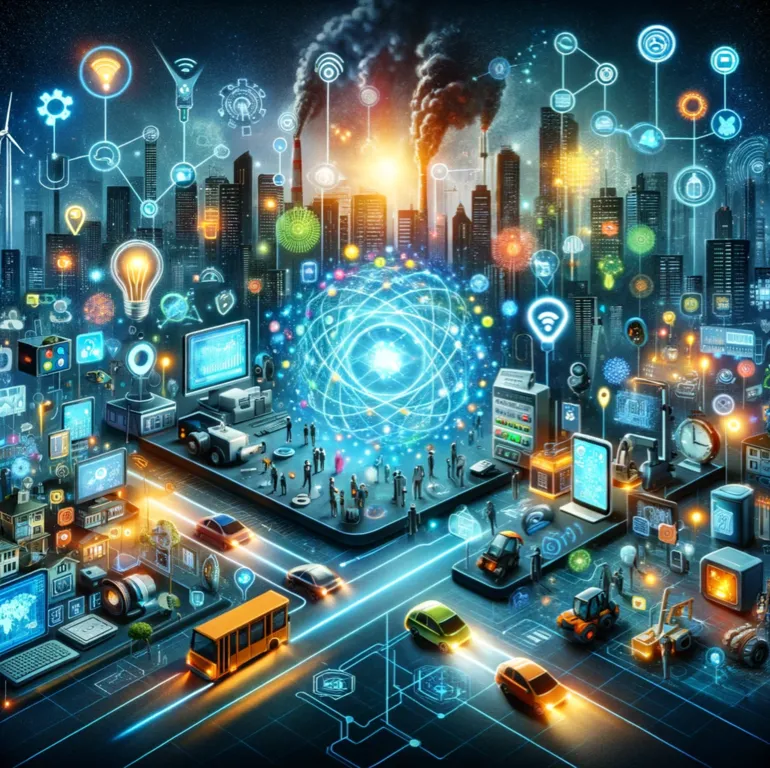
IoT: Connectivity, Devices, and Applications
The Internet of Things (IoT) refers to a vast network of physical devices that are connected to the internet, allowing them to collect and share data. This network includes a wide range of devices, from everyday household items like smart thermostats and refrigerators to industrial tools like machinery in factories and sensors in urban infrastructure.
The key idea behind IoT is to imbue physical objects with digital capabilities, enabling them to communicate with other devices and systems over the internet, thereby making them "smarter."
To get started with IoT, it's imperative that beginners grasp a few fundamental points. Understanding these key concepts is essential for staying up-to-date with the latest technological advancements and improving your knowledge on the subject. So, let's dive right in!
1. Connectivity: At the heart of IoT is the ability of devices to connect to the internet and to each other. This connectivity allows for the collection and exchange of data in real-time.
2. Sensors and Actuators: Most IoT devices are equipped with sensors that can detect changes in their environment (such as temperature, light, or movement). Actuators, on the other hand, are mechanisms that can control a system or environment (such as adjusting the thermostat or opening a valve).
3. Data Processing and Action: IoT devices collect data that can be processed and analyzed, either locally or in the cloud. Based on this analysis, actions can be taken automatically, such as adjusting settings for efficiency, sending alerts, or making predictions.
4. Applications: IoT has a wide range of applications across various sectors. In the home, it powers smart home devices like smart speakers and security cameras. In industry, it's used for predictive maintenance and optimizing operations. In cities, it can help manage traffic flows and reduce energy consumption.
5. Challenges and Considerations: While IoT offers significant benefits, it also comes with challenges, including security risks, privacy concerns, and the need for standards and interoperability among different devices and systems.
Overall, IoT represents a shift towards a more connected and automated world, where devices are able to communicate and operate with a high degree of autonomy, enhancing efficiency, convenience, and the ability to gather insights from data.




